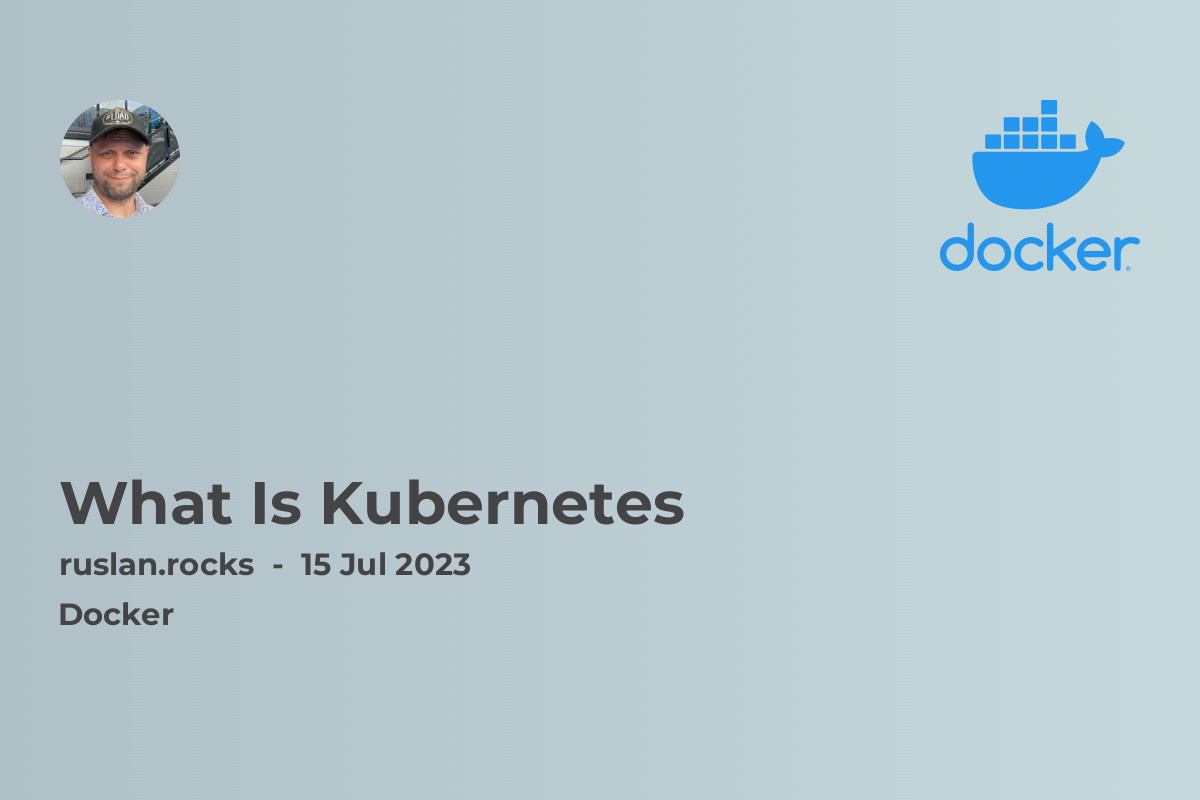- Key Features of Kubernetes
- Main Components of Kubernetes
- Benefits of Using Kubernetes
- Related Topics

Kubernetes is an open-source platform that automates containerized applications deployment and scaling. It was developed by Google and is now maintained by the Cloud Native Computing Foundation (CNCF). Kubernetes provides a way to manage and orchestrate containers at scale, making it easier to deploy, scale, and manage applications in a distributed environment. In this article, we will explore the key features and benefits of Kubernetes, as well as its main components.
Key Features of Kubernetes
Kubernetes offers a wide range of features that make it a powerful tool for managing containerized applications. Here are some of its key features:
-
Container Orchestration: Kubernetes simplifies the process of deploying and managing containers by automatically handling tasks such as container scheduling and load balancing.
-
Scaling: Kubernetes allows you to scale your applications seamlessly by increasing or decreasing the number of replicas based on resource utilization.
-
Service Discovery and Load Balancing: Kubernetes provides built-in service discovery and load balancing capabilities, allowing applications to easily communicate with each other.
-
Self-Healing: Kubernetes monitors the health of containers and automatically restarts or replaces containers that fail.
-
Rolling Updates and Rollbacks: Kubernetes supports rolling updates, allowing you to update your applications without any downtime. It also provides the ability to rollback to a previous version if needed.
Main Components of Kubernetes
Kubernetes consists of several components that work together to provide a robust container orchestration platform. Here are the main components:
-
Pods: A pod is the smallest unit of deployment in Kubernetes. It can contain one or more containers and is used to encapsulate and manage the lifecycle of containers.
-
ReplicaSets: ReplicaSets ensure that a specified number of pod replicas are running at any given time. They provide high availability and fault tolerance by automatically scaling the number of replicas based on user-defined criteria.
-
Deployments: Deployments allow you to declaratively manage pods and ReplicaSets. They provide a way to define the desired state of your application and handle rolling updates and rollbacks.
-
Services: Services provide a stable network endpoint to access pods. They enable load balancing and service discovery within a Kubernetes cluster.
-
Volumes: Volumes are used to provide persistent storage to containers. They can be used to store data that needs to persist even if the container is restarted or rescheduled.
With these components, Kubernetes offers a highly flexible and scalable platform for deploying and managing containerized applications.
Benefits of Using Kubernetes
There are several benefits to using Kubernetes for managing containerized applications:
-
Scalability: Kubernetes allows you to scale your applications on-demand, ensuring that your infrastructure can handle increased load without any downtime.
-
High Availability: Kubernetes provides built-in features for managing replicas and handling failures, ensuring that your applications are highly available and resilient.
-
Portability: Kubernetes is platform-agnostic and can run on any infrastructure, whether it's on-premises or in the cloud. This makes it easy to migrate and maintain your applications across different environments.
-
Flexibility: Kubernetes offers a wide range of plugins and integrations, allowing you to customize and extend the platform according to your specific requirements.
-
Security: Kubernetes provides robust security features, including role-based access control (RBAC) and secure networking, to ensure that your applications are protected.
Related Topics
Here are some related articles that you may find interesting:
-
Kubernetes vs Docker Swarm - A comparison between Kubernetes and Docker Swarm, another popular container orchestration platform.
-
How to Scale Docker Containers - Learn how to scale your Docker containers using Kubernetes.
-
What Is Docker - Understand the basics of Docker, the containerization technology that Kubernetes is built upon.
-
Container Orchestration Tools Comparison - Explore other container orchestration tools and their features.
-
Benefits of Microservices Architecture - Discover how Kubernetes can be used to deploy and manage microservices-based applications.
By exploring these topics, you can deepen your understanding of containerization and the various tools available for managing containerized applications.
In conclusion, Kubernetes is a powerful platform for managing containerized applications, offering features such as container orchestration, scaling, service discovery, and self-healing. By using Kubernetes, you can simplify the deployment and management of your applications, while also benefiting from enhanced scalability, availability, and portability. Keep exploring the related topics to further expand your knowledge in this exciting field.
